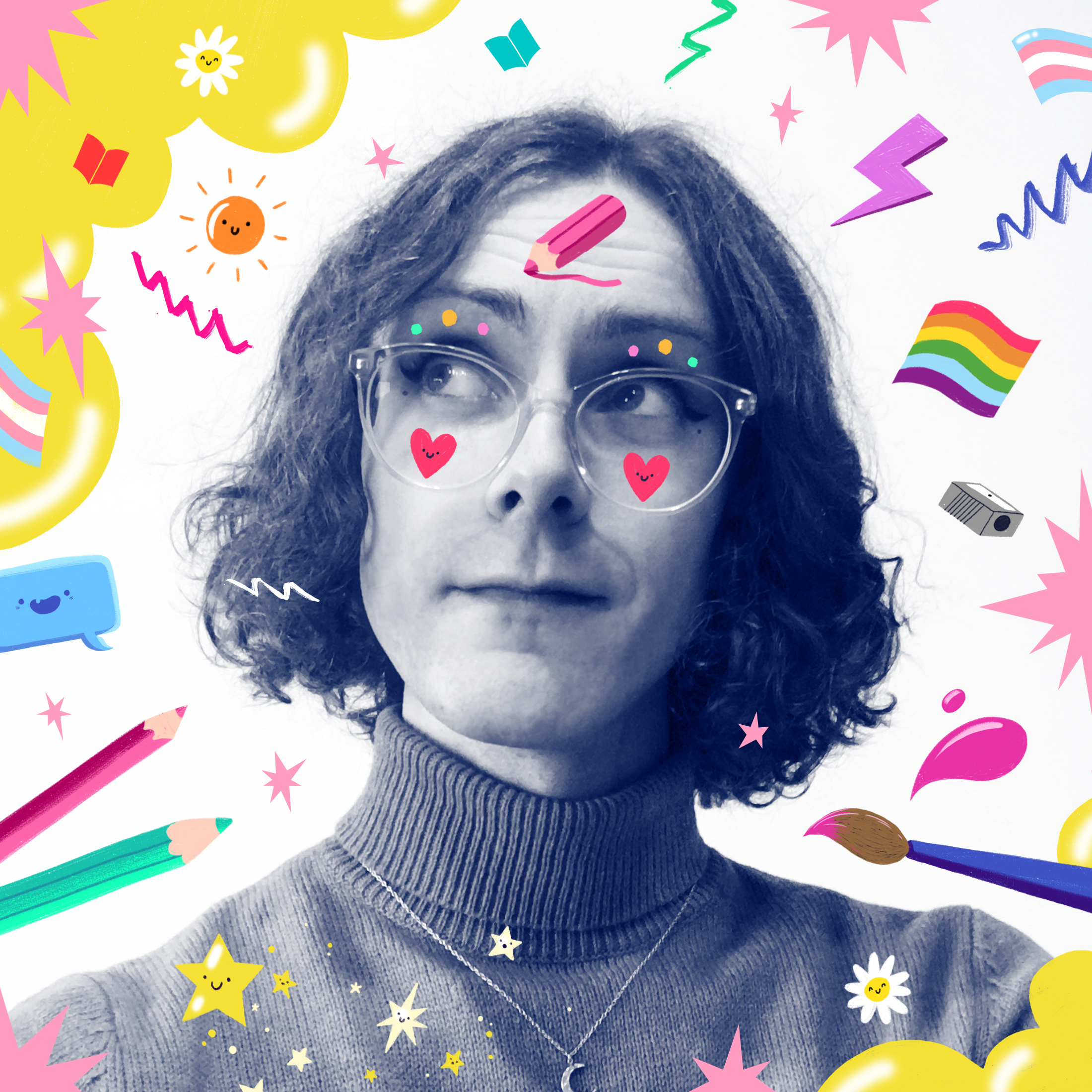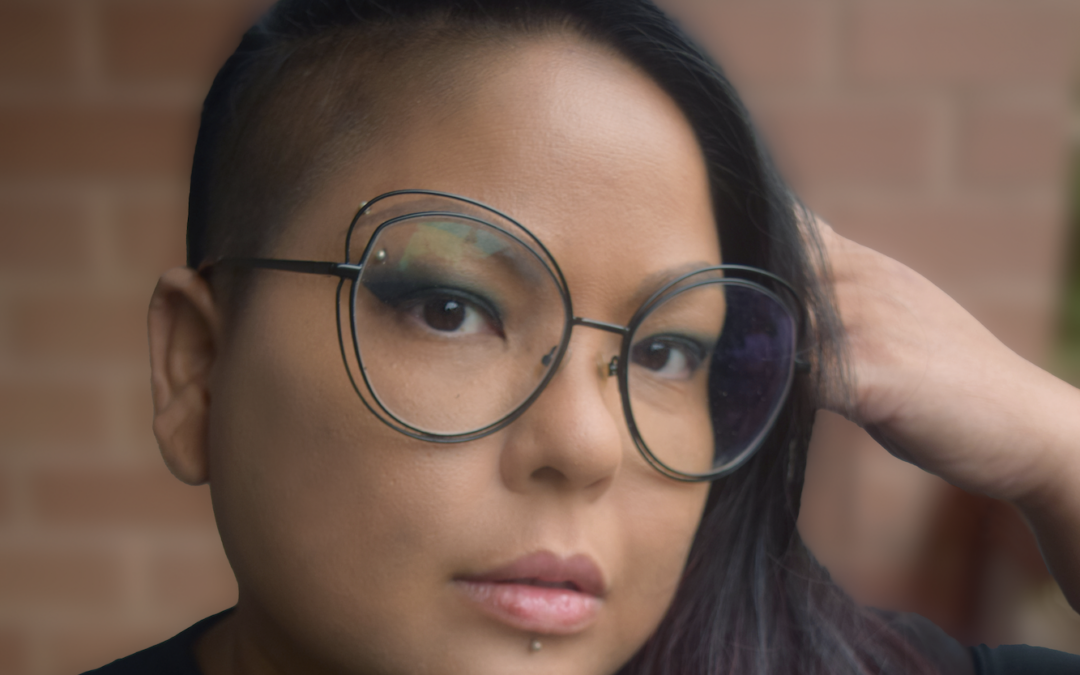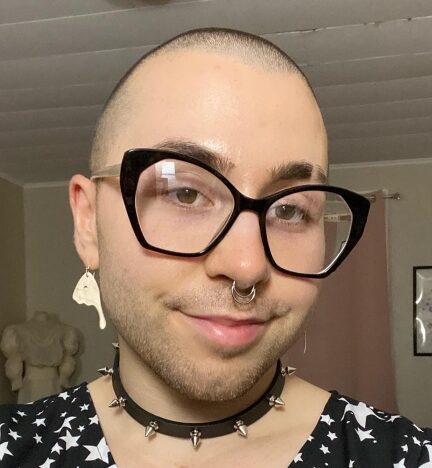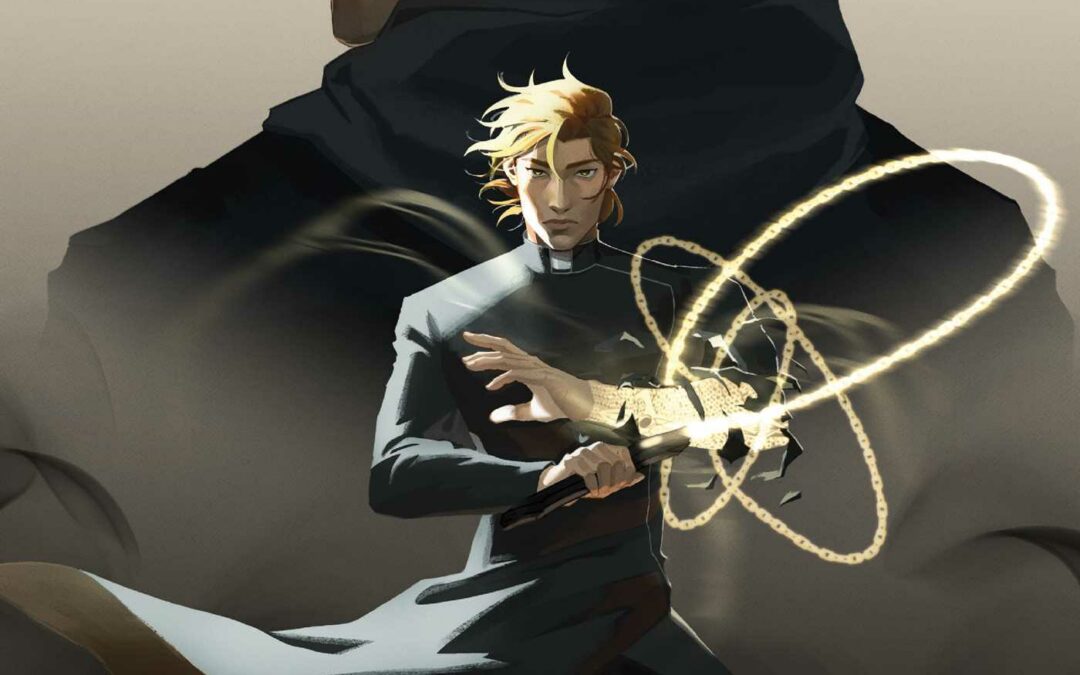
by Michele Kirichanskaya | Dec 4, 2024 | Blog
Harry Woodgate (pronouns: they/them) is an award-winning author and illustrator who has worked with clients including National Book Tokens, Google, The Sunday Times Magazine, Harper Collins, Simon & Schuster, Walker Books, Knights Of, Andersen Press, Bloomsbury,...

by Michele Kirichanskaya | Sep 25, 2024 | Blog
Tania De Rozario is a writer, artist and the author of four books. Her latest collection, Dinner on Monster Island, (Harper Perennial, 2024), has been described as “sharp and searing” (Ms. Magazine), “unique” (Publishers Weekly), “a book with resonance” (Kirkus...

by Michele Kirichanskaya | Sep 20, 2024 | Blog
Henry Cole has written and illustrated more than 150 books for children, including Spot, the Cat; And Tango Makes Three; Oink?; and Little Bo in France. He is also the illustrator of With a Little Help from My Friends by John Lennon and Paul McCartney. A former...

by Michele Kirichanskaya | Sep 11, 2024 | Blog
Robin Gow is a trans and queer poet, editor, and educator from rural Pennsylvania. Their books include Ode to My First Car, A Million Quiet Revolutions, and Blue Blood. They are the supportive services coordinator at Bradbury-Sullivan LGBT Community Center in...

by Michele Kirichanskaya | Jul 31, 2024 | Blog
LySandra Vuong is a comic artist and the creator of COVENANT, a WEBTOON Originals series. Formerly a mechanical engineer, she now draws hot priests for a living. I had the opportunity to interview LySandra, which you can read below. First of all, welcome to Geeks OUT!...






